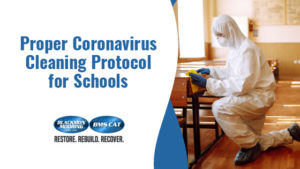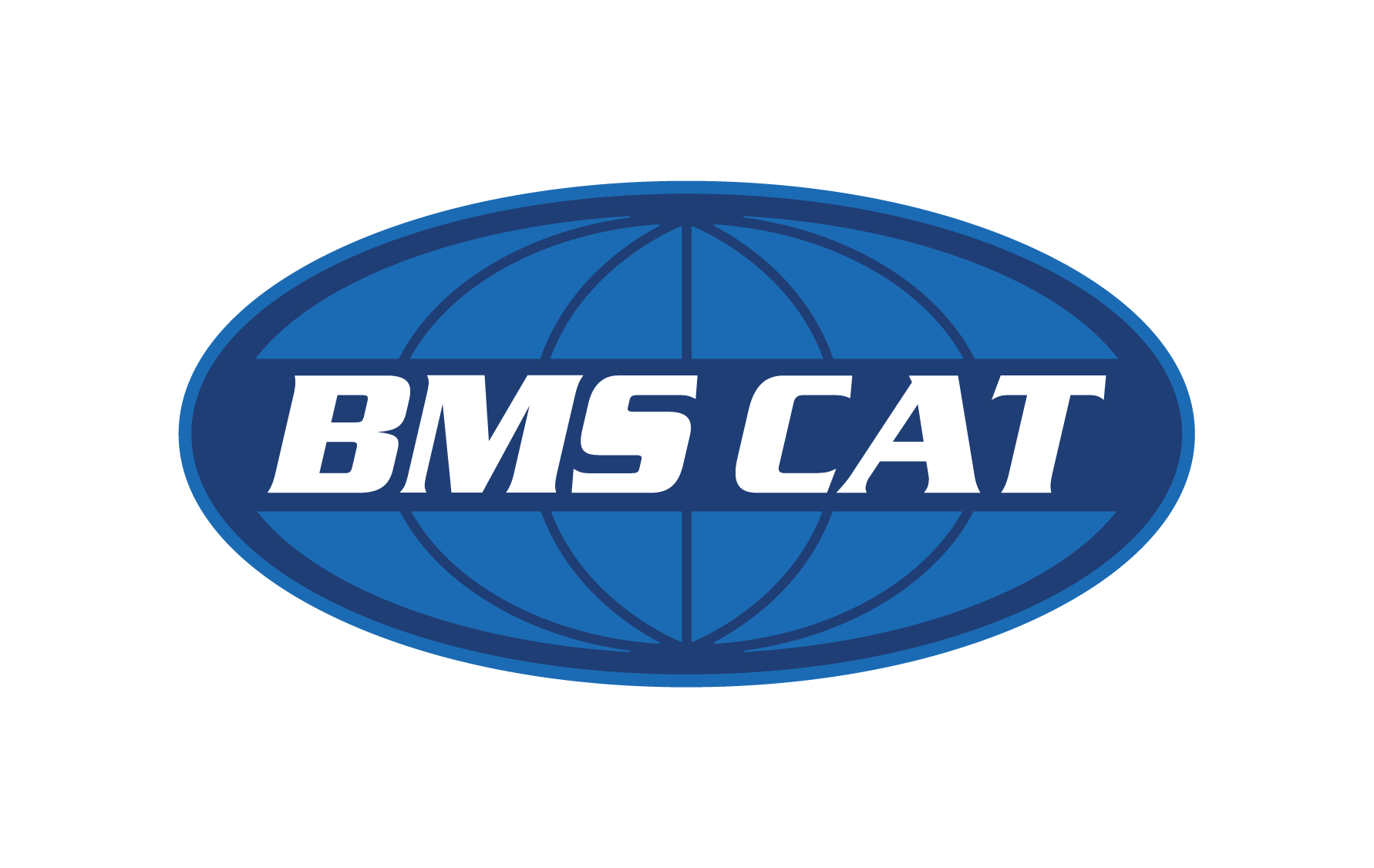 We’ve already touched on the best practices for keeping schools clean and disinfected, in one of our previous blog posts.
We’ve already touched on the best practices for keeping schools clean and disinfected, in one of our previous blog posts.
However, there are many more things to consider as student’s return after the COVID-19 stay-at-home orders. After all, the goal is to keep our children well and healthy.
Hand washing, of course, cannot be stressed enough. This is the number one way for us all to keep healthy.
But there are a few other procedures and protocols for students and teachers to follow once back on campus.
Let’s take a look at how best to handle Coronavirus cleaning protocol in our schools.
Social Distancing
It’s essential that while the country is still trying to get a handle on the number of infections, we adhere to social distancing measures. But what does this look like for students?
The top priority is for teaching staff to ensure there is clear messaging throughout the school to remind the students of these new norms.
- Class sizes: These must be kept as small as possible, ideally splitting children into smaller groups that reflect the numbers of teaching staff available.Students must stay in these same groups throughout the day – at recess, while eating lunch, etc. The reason for this is for easier contact tracing if the virus infects one of the students or teachers.
- Desks: Desks should be placed far apart, at least 6 feet, and should not be shared. Keep students’ belongings separated from others, in individually labeled containers or areas.
- Supplies: Have enough supplies to minimize the sharing of high-touch materials and electronic devices, or make sure to clean and disinfect items between uses if sharing is necessary.
- Queues: When students need to stand in line, they should keep 6 feet apart. Placing distance markers on the floor is a good idea.
- Movement: Movement of students around the school must be staggered for arrival and drop-off times, at lunch and break times, and during physical exercise.The morning rush, too, needs to be adjusted – possibly by considering one-way directions through the hallways. Dedicating specific entry and exit doors is also a good idea.
- Visitors: Only if absolutely necessary should parents and non-essential visitors be allowed on campus. Caregivers should be discouraged from gathering at the gates.
- Alternating: Large schools may need to consider using an alternative schooling system whereby half the grades come in one week, and half the next, or some grades attend school in the morning and others in the afternoons.
- Ventilation: Try to take as much learning and school activities outdoors as possible. The thinking behind this is that you’re far less likely to touch infected surfaces and viral particles are quickly diluted by fresh air, as droplets fall more rapidly to the ground and are therefore not breathed in. If that’s not possible, try to keep as many windows open for fresh air where possible.
School Meal Times
- Start by staggering the times each grade can go to the cafeteria, this will allow for social distancing seating arrangements
- Students should clean their hands with sanitizer upon entering the cafeteria
- Mark spaces on the floor, showing the students where to stand for their meals
- Assign seating for the children and mark spaces out on the cafeteria tables, so the children know to stay within their area
- Serve mostly pre-packaged meals that the children can handle themselves
- Kitchen hygiene will be emphasized, with cleaning and disinfection a high priority
The Importance of Enforcing Masks
Masks are a bit of a sticky subject, and many people are very opposed to the idea of wearing masks. But the CDC suggests that school reopening plans address the adherence to behaviors that prevent the spread of COVID-19.
And, when used consistently and correctly, cloth face coverings are essential to help slow the spread of the virus. Cloth masks are especially important when social distancing is challenging to maintain. They help prevent respiratory droplets from traveling into the air and onto other people.
- What to Consider with Masks in the School Setting:
- Masks are most important when students are indoors, and social distancing of at least 6 feet is difficult to implement and maintain
- Children younger than two, with asthma and other breathing difficulties, or with special educational or healthcare needs should not wear masks
- Mark face masks with each student’s name and keep them separate, to avoid potential mixing of incorrect masks
- Educate Mask Wearers:
- Ensure students, teachers, and staff are aware of the correct use of face masks and hygiene around washing hands before putting the mask on
- Do not touch the cloth mask when it is on, if this happens make sure to wash or sanitize hands
- Do not wear wet face coverings, this will make it difficult to breathe
- Wash masks every day or before being used again
Contact Blackmon Mooring & BMS CAT Today
We hope that these tips will help create more hygienic, safer environments for both teachers and students. It can be an overwhelming task to tackle, but, of course, well worth the effort.
Need assistance? The Blackmon Mooring & BMS CAT teams are here to provide Coronavirus cleaning protocol and decontamination services to schools of all types and sizes.
Contact us today at 877-899-0676 for more information.
